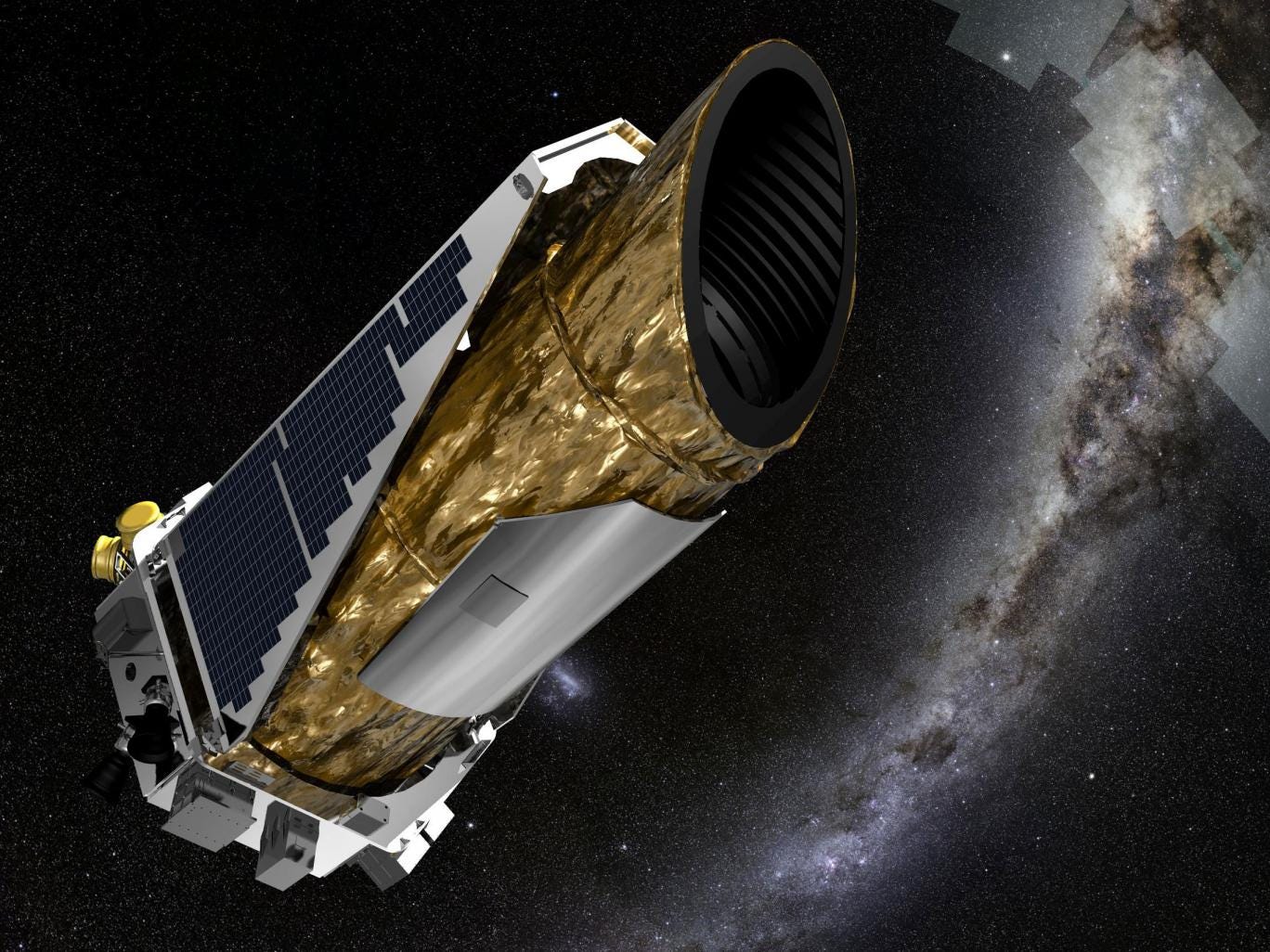


“In the long run, we think that imaging offers perhaps the best path to characterizing rocky planets on Earth-like orbits.” NASA announced on Monday that Ingenuitys ninth flight was a success, as it undertook a 'high-speed flight across unfriendly terrain.'The Hill reports: Ingenuity flew for 166.4 seconds at a pace of 5 meters per second over a terrain of high slopes - all new records for the helicopter. “It’s the tip of the iceberg,” said Marshall Perrin from the Space Telescope Science Institute in a press conference at the American Astronomical Society’s meeting earlier today. The study was led by Iain McDonald from the University of Manchester in the United Kingdom (now at the Open University in the U.K. Kepler telescope glimpses population of free-floating planets by Staff Writers London, UK (SPX) stock illustration only Tantalising evidence has been uncovered for a mysterious population of 'free-floating' planets, planets that may be alone in deep space, unbound to any host star. And although the number of sheer detections in the years since have been remarkable, it’s also remarkable how little we still know about these alien worlds, save for their distances from their host stars, their radii, and sometimes their masses.īut the ability to directly image these worlds provides the opportunity to change all that. NASA’s Kepler Space Telescope caught a glimpse of four free-floating planets in deep space that appeared to be wandering all alone unbounded to any star. This year marks the 20 th anniversary of 51 Peg b, the first exoplanet detected around a Sun-like star. The results include four new discoveries that are consistent with planets of similar masses to Earth, published today in Monthly Notices of the Royal Astronomical Society. Image credit: Marshall Perrin (Space Telescope Science Institute) / the GPI Team.On the left: all radiation on the right: polarized radiation. Tantalizing evidence has been uncovered for a mysterious population of 'free-floating' planets, planets that may be alone in deep space, unbound to any host star. Manchester scientists to launch low-orbiting satellite. Nobel Laureate heralds the ‘2D Materials Age’ Sir Andre Geim joined some of the brightest minds on the planet. Tantalising evidence has been uncovered for a mysterious population of ‘free-floating’ planets. First light image of thedisk around the young star HR4796A. Kepler telescope glimpses a free-floating planet population.


 0 kommentar(er)
0 kommentar(er)
